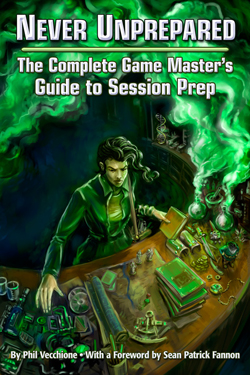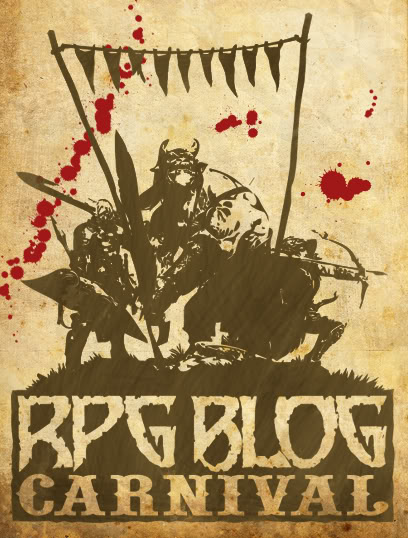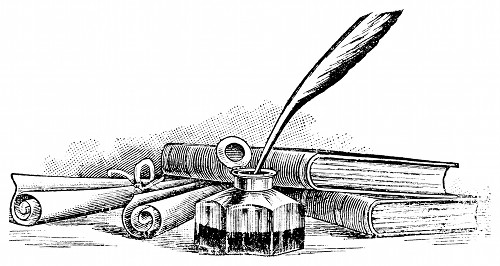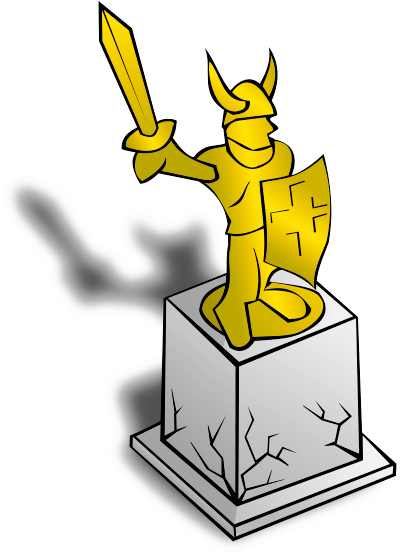 Author: Phil Vecchione
Author: Phil Vecchione
Publisher: Engine Publishing
Price: Print+PDF Bundle $19.95 / PDF $9.95
Pages: 132 (digest)
Tankard Rating: 5/5
The Book
Never Unprepared: The Complete Game Master’s Guide to Session Prep is the third book out from Engine Publishing. The book is written by Phil Vecchione, a gamer with 30 years of experience and illustrated by Matt Morrow and Christopher Reach.
Never Unprepared is a guide to session prep of any type of system you like to play, whether that be a fantasy genre, sci-fi, modern, or any other genre. The process it works the reader through is applicable to your RPG system of choice. The book has three major sections as the author walks the reader through the process of session preparation.
What is Inside?
The first major section is about understanding prep. This area delves into the five phases of preparation – brainstorming, selection, conceptualizing, documentation, and review. Each of these sections cover the individual process and defines it, covers what happens if you spend too little time on that area, what happens if you spend too much time on that area and how to improve and strengthen this area of your prep. Each section closes with a short question and answer section to help give the reader a feel for their skill level for these areas.
The next major section covers the prep toolbox. This section talks about tools for prep. It does not try to steer you towards good old fashioned paper and pencil or to more modern electronic tools, but talks about pros and cons and knowing your own abilities. It also talks about what makes a good tool for each of the building blocks of prepping a session. This helps the reader make a good choice for themselves regardless of whether they prefer electronic or paper and pencil tools.
Another interesting portion of this section is mapping out your creative cycle. The author is a working professional with a family at home and knows what it is like to carve out prep time. He walks you through a technique to map out just how much free time you have and then figure out when you are most creative. Using this information you can more easily map out when you should be scheduling your prep time, yet still balance with work and your family life.
The final major section of the book covers evolving your style. This talks about various concepts to make your prep a little easier. It covers building templates for you to use to help guide your prep. These templates can vary based on when you consider your strengths as a GM and what you consider weaknesses. When prepping areas that hit your strengths you can get by with fewer details. When prepping areas that you feel weak in, including a little more detail can be good.
 Using a prep-lite approach in for session preparation is also covered. This includes more tips for getting the amount of preparation you need as a GM just right, while using each of the five steps detailed earlier in the book.
Using a prep-lite approach in for session preparation is also covered. This includes more tips for getting the amount of preparation you need as a GM just right, while using each of the five steps detailed earlier in the book.
The final portion of this section talks about what to do when the real world intervenes. We have all been there where something comes up that cuts even more into what little time we have to prep. Several scenarios are covered in this section and how various obstacles can affect your prep and how to adjust.
The PDF version of this book is wonderfully bookmarked and has an extensive index. It is good to see that Engine Publishing understands the value of a well bookmarked PDF and the value of a good index. These things do matter to RPG consumers.
But Is It Any Good?
This book was very good. This book should be standard issue to any new GM or any GM that says they simply don’t have time to run a game anymore as real life responsibilities increase. The author has been there like all of us, from the time where we could spend all afternoon evening prepping for games, reading about gaming and doing research for the game. Now, with careers and families there just isn’t the time to prep like we used to. This book shows you how to make the most of your time and get the prep done you need to run a quality game.
Session preparation is often looked at as a very large task. Never Unprepared breaks it down into reasonable chunks of preparation. Some of these chunks can be done in the shower, while you wait in line and other places with minutes of downtime. Other portions of prep do take more contiguous amounts of time, but the book helps you determine where you can find these chunks of time and how to reduce the stress sometimes associated with taking time out of your day to work on gaming prep.
I appreciated the fact that the tools section did not push you into one particular tool or style. The author spent the time to tell you what was required of the tool, leaving it to the reader to pick his or her preferred tool based on requirements, not on someone pushing you in one direction. Understanding what a tool needs to accomplish goes further to helping the reader choose the right tool than anything else.
I also found the mapping of your creative time in contrast with your free time very valuable. I have never sat down to map out my free time, much less apply a creative time peak map over that. These tips can go far to help reduce any tension you might have within your family for taking time to prep games. The methods outlined in this book do not require you to abandon your work of family responsibilities.
This book will help you better prep for your games and work this prep into your busy schedule. The techniques outlined in the book are very solid building blocks to making sure the time you spend prepping for your game is well spent.
The next time I hear someone say they do not have time to run a game I will immediately point them to Never Unprepared as a place to start. This is a high quality offering from Engine Publishing with invaluable advice to anyone trying to figure out how to more effectively prep for their game.
Tankard Rating
5 tankards out of 5 tankards
Note: The Iron Tavern was provided a review copy of this book.








